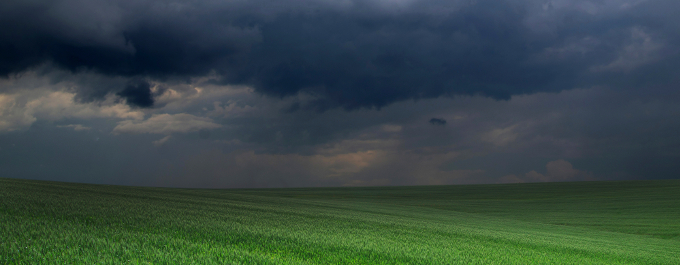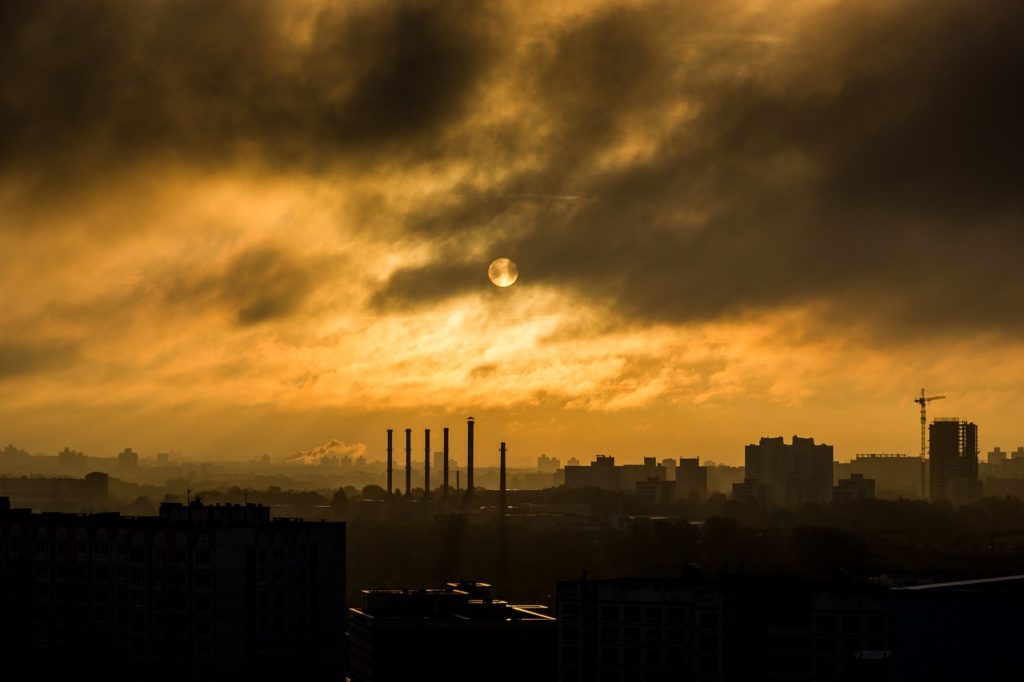
Preliminary Thoughts on the Winter Season of 2015-2016
As we draw near the end of the summer season, eyes are already turning towards the winter. With a strong El Nino event in place across the tropical Pacific Ocean, and model consensus indicating a high likelihood of its continuation through the winter 2015-2016 season, there is seemingly added haste to predict temperature patterns this winter. Already, the market is calling for much of the lower 48 to experience significantly warmer than normal (30-year) temperatures this winter– based largely on the fact that the two prior comparable El Nino events (’97-’98 and ’82-’83) featured anomalously warm winters. But should everyone jump on the same “warm winter” bandwagon so quickly?

Our internal research suggests that the odds of a colder than normal winter across the central and eastern U.S. are higher than the market is giving credit. El Nino is only one of numerous variables that drive global weather patterns. While a strong El Nino points to a warm winter, other unknown components such as sea-surface temps in other ocean basins, autumnal snow cover buildup, and the spin-up of the stratospheric Polar Vortex could very well result in a cold winter. At this moment, our internal research is leading us to lean warm with a 60/40 warm skew, but not nearly as warm as the current market chatter suggests. So before you rely too heavily on the much warmer market views for this winter, please consider the following…
First and foremost, there is generally no skill in winter forecasting during the late summer. The chaotic nature of the atmosphere is just too nonlinear for models to accurately grasp this far in advance or to put much credence in analog years. Thus, forecasts this early are more akin to grasping at straws than to sound, statistical evidence and reasoning. Does the fact that we have such a strong El Nino event right now bias our thoughts? Yes. However, that does not mean skill is enhanced in predicting winter temperatures this early on. If a strong El Nino event was not in place today, the skill of a winter prediction in September is, for all practical purposes, zero! Even with the strong El Nino event in place, there is still a significant amount of uncertainty.
The past number of comparable El Nino events is just too small. While this year is certainly different from other years due to the strong El Nino, the sample size of comparable El Nino events with which to create a composite forecast is extremely small. This in and of itself poses many uncertainties and forecast risks. Stating winter will be warm because two other instances over the past 65 years featured similar inputs simply cannot be statistically supported.
The majority of the market was calling for a cool summer based on comparable El Nino events of the past, yet we had a warm summer. Early on in the spring (even late winter in some cases), the market jumped at the chance to call for a cool summer when the El Nino began to look significant. Why? Because the summer of 1997, which was most comparable to the developing El Nino in the Pacific, was an anomalously cool summer for the United States. However, now that we are in early September, we know that temperatures this summer have been far from below average. National average temperatures in June alone came in as the second warmest June on record (since 1985). In fact, May-September population weighted CDD (cooling degree days) totals during this strong El Nino event are forecast to come in as the fourth highest of all years since 1950.

Sea surface temperatures (SSTs) across the Pacific basin, let alone across much of the global oceans, are significantly warmer than the summer of ’97. In fact, July featured the warmest global ocean temperatures on record (since 1880)! The figures below show the current state of global SST anomalies (top) and their change from late August 1997. We believe that this warmer ocean base state is a primary reason for the warmer summer, not only across the U.S., but elsewhere around the world. Warmer SSTs release more heat into the lower levels of the atmosphere which in turn adds more moisture. This higher moisture content helps to elevate temperatures, especially at night. Its impact on the lower 48 during the winter is still unknown.

The devil is in the details: There are differences in regional SSTs and the mid-latitude jet stream pattern between this year and 1997. While 1997 is the most comparable El Nino event to this year, the jet stream pattern featured more troughing of low pressure across the lower 48 compared to this year which featured more ridging of high pressure. Additionally, the El Nino event of 1997 featured its warmest SST anomalies further east than where we are currently observing them (which can be seen in the two figures above). Comparatively, the El Nino event of ’09-’10 featured its warmest SST anomalies further west than where we are currently observing them this year. This resulted in the winter of ’09-‘10 exhibiting colder than normal conditions across much of the central and eastern U.S. Thus, in the months ahead, this El Nino event might end up somewhere in between the two events, so how can we be so sure which direction this winter will go?
What do the experts say? We asked Dr. Paul Roundy, an expert on El Nino events and an EarthRisk Science Advisor.
Dr. Roundy places the risk for the current El Nino event to persist through DJF at 90%. He also agrees that this event is most comparable to the ’97-’98 El Nino. While Dr. Roundy believes that the winter will ultimately be constrained by the physics of El Nino events, he acknowledges that the extremely small sample size of comparable strong El Nino events poses a risk to forecasting a warm 2015-2016 winter season.
The El Nino aside, there are other very important surface and atmospheric variables to consider when creating a wintertime forecast. These variables include Arctic sea ice extent, Eurasian snow cover, and the stratospheric Polar Vortex. At this time in late summer, it is too early to speculate on how these variables will evolve and if they will be able to “trump” the El Nino factor. Hence, the evolution of these variables during the next few months, especially in October, will play a big role in determining the prevailing winter pattern.
On a temporal note, climate change is also providing an interesting addition to the forecasting puzzle. The atmospheric (and ocean) base state has changed immensely since the last two strong El Nino events. Since the atmosphere is behaving differently today than it did one or even two decades ago, is it fair to even compare those earlier events to this El Nino?
So how can you learn more? Throughout the fall, we will provide our clients with monthly updates (and more if necessary) on the El Nino event, along with key land and atmospheric variables impacting the winter forecast. Our official winter forecast is scheduled for release in late October / early November or as soon as there is a relatively clear assessment on El Nino, Global Snow/Ice conditions and trends, and Global SSTs.



